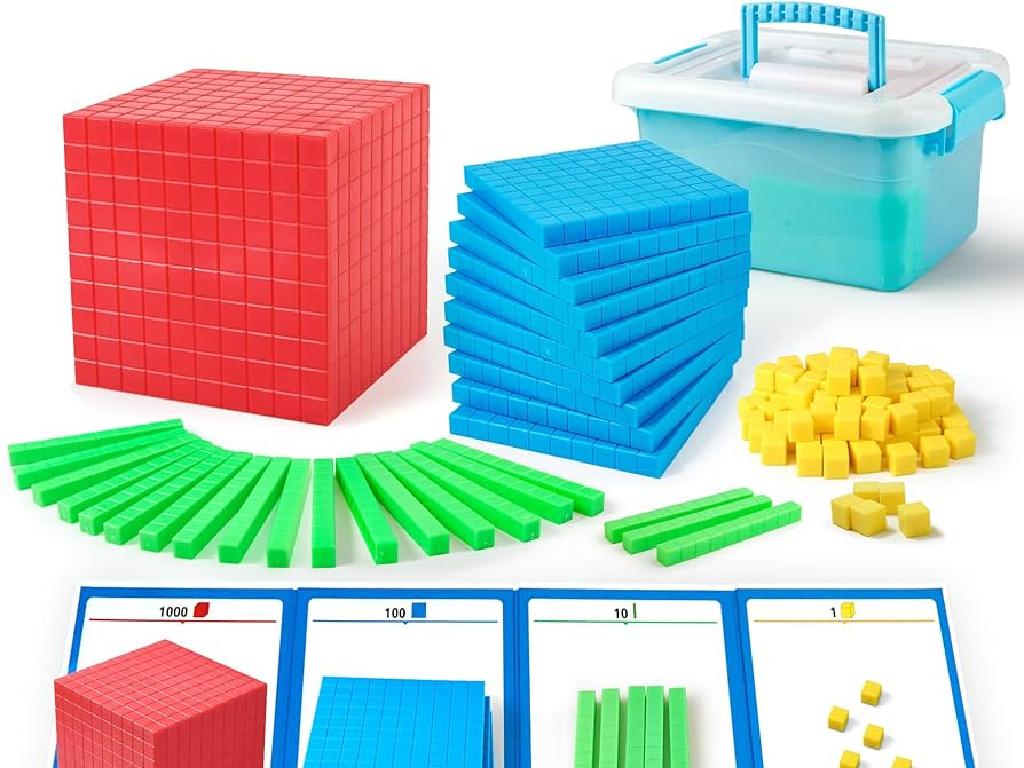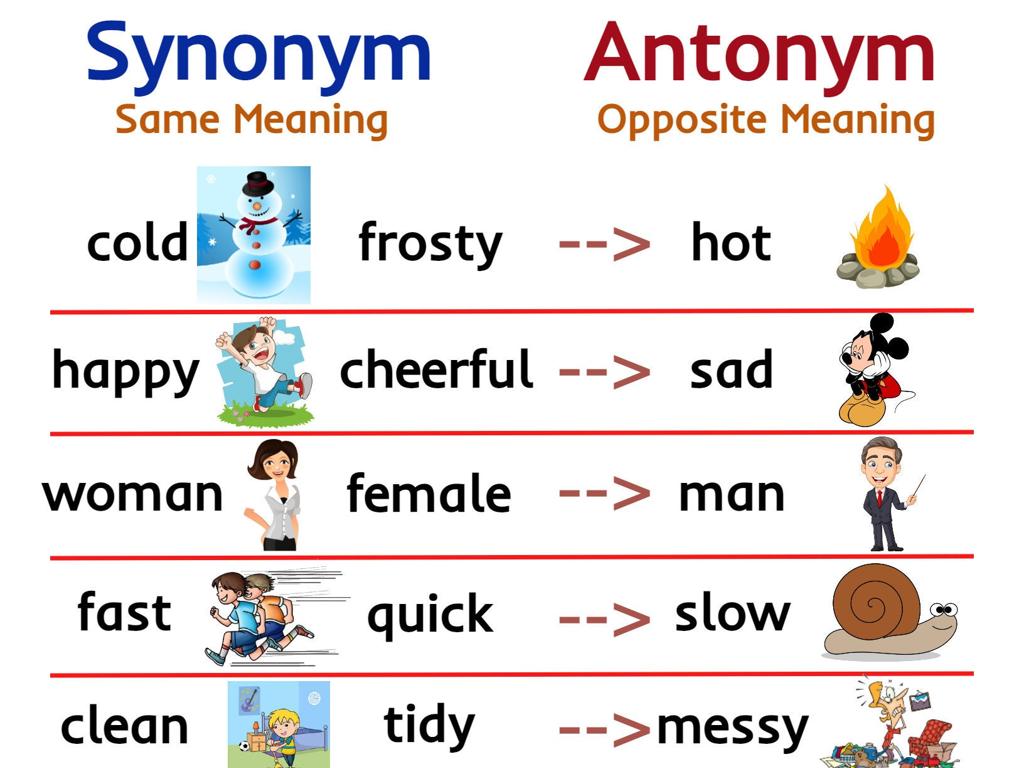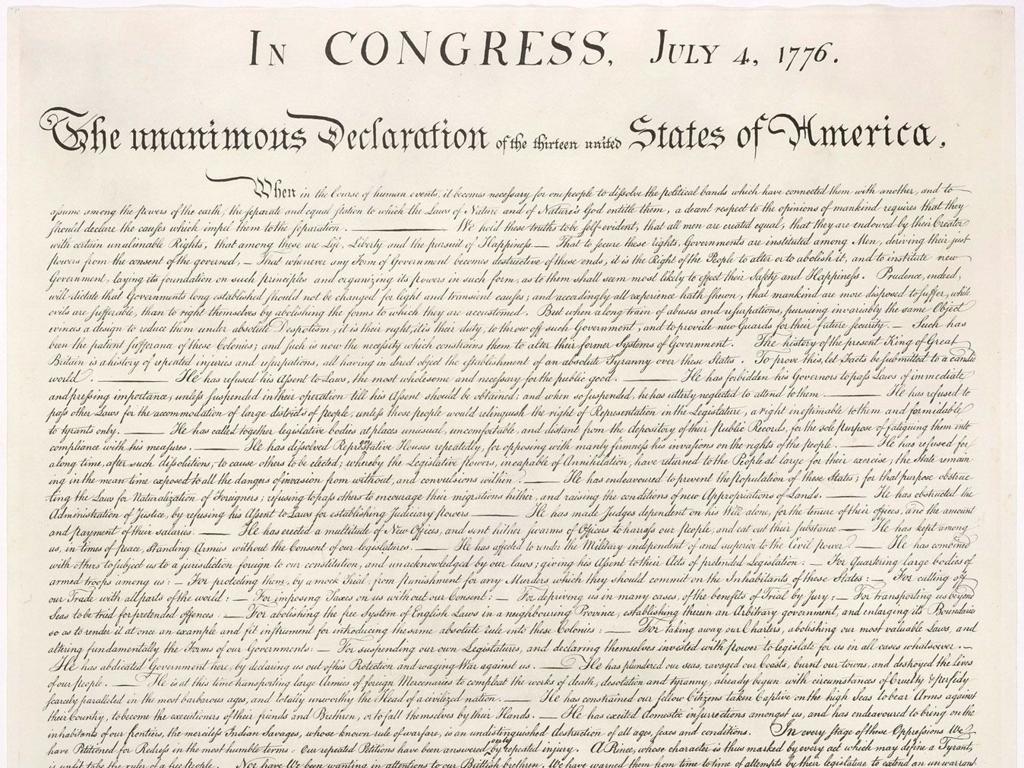Roman Legacies
Subject: Social studies
Grade: Sixth grade
Topic: Rome And The Byzantine Empire
Please LOG IN to download the presentation. Access is available to registered users only.
View More Content
Exploring Roman Legacies
– Unveiling the Roman Empire
– A powerful civilization that shaped history
– Grasping the ‘legacy’ concept
– ‘Legacy’ means what is handed down from the past
– Roman legacies in today’s world
– Lasting impacts of Rome on modern culture and systems
– Outline of today’s lesson
|
Begin the lesson by introducing the Roman Empire, emphasizing its historical significance and vast influence on the modern world. Explain the concept of ‘legacy’ as something inherited from previous generations, such as traditions, knowledge, or culture. Highlight how Roman legacies are still evident today in various aspects of our lives, including language, government, architecture, and law. Provide an overview of the lesson’s structure, ensuring students understand that they will explore specific examples of these legacies and how they continue to affect us. Encourage students to think of ways Roman influences can be seen in their daily lives to make the lesson more relatable and engaging.
The Legacy of the Roman Empire
– Rise and fall of Rome
– From a small city, Rome grew into a powerful empire before eventually declining.
– Roman Empire’s vast expanse
– At its peak, Rome controlled lands across Europe, Asia, and Africa.
– Influence of Roman governance
– Rome’s system of laws and politics influenced many modern governments.
– Organizational structure of Rome
– Rome was known for its efficient bureaucracy and division of provinces.
|
This slide provides a snapshot of the Roman Empire’s history, emphasizing its growth from a small city to a vast empire, and its eventual decline. Highlight the geographical reach of the empire at its zenith, which included territories in Europe, Asia, and Africa. Discuss how Rome’s governance, particularly its legal and political systems, has had a lasting impact on modern institutions. Explain Rome’s organizational prowess, including its bureaucratic structure and management of provinces. Encourage students to think about how these legacies are still relevant and visible in today’s world, such as in our legal systems and infrastructure.
Roman Contributions to Law
– Introduction to Roman Law
– Roman Law was a codified system of statutes and principles.
– Significance of The Twelve Tables
– The Twelve Tables were Rome’s first laws, a foundation for future legal systems.
– Roman Law’s influence today
– Many modern legal systems are based on Roman laws and legal practices.
– Understanding legal legacy
|
This slide introduces students to the concept of Roman Law, emphasizing its structured approach to legal codes. Highlight the Twelve Tables as Rome’s first written laws, which served as a foundation for Roman citizens’ rights and responsibilities. Discuss how Roman legal principles have influenced contemporary legal systems, including the idea of ‘innocent until proven guilty’ and the structure of court systems. Encourage students to think about how these ancient laws still impact our sense of justice and order today. Use examples to show the lasting legacy of Roman law, such as the presence of similar laws in our own legal system.
Roman Architectural Innovations
– Roman engineering excellence
– Pioneered use of arches, vaults, and domes
– Aqueducts, roads, and bridges
– Aqueducts for water, roads for trade, bridges to connect
– Influence on modern architecture
– Many government buildings mimic Roman style
– Enduring legacy of Roman design
|
This slide aims to highlight the remarkable engineering and architectural contributions of ancient Rome. Emphasize the advanced techniques Romans used, such as the arch, vault, and dome, which allowed them to build larger and more durable structures. Discuss the significance of aqueducts in supplying water to cities, roads in expanding trade and military reach, and bridges in connecting the empire. Highlight how these innovations influenced modern architecture, with many government and cultural buildings reflecting Roman design principles. The enduring legacy of Roman architecture is evident in the infrastructure and aesthetics of contemporary cities. Encourage students to identify local buildings that have been inspired by Roman architecture.
Roman Legacies: Language and Literature
– Latin: Rome’s enduring language
– Latin was the official language of the Roman Empire and is the precursor to Romance languages.
– Impact of Roman literature
– Roman works influence today’s storytelling, law, and philosophy.
– Latin phrases in modern use
– E.g., ‘Carpe diem’ means ‘Seize the day’, a phrase encouraging action.
– Understanding Latin’s legacy
|
This slide aims to introduce students to the lasting impact of Latin, the language of ancient Rome, on modern languages and literature. Emphasize that many languages, including English, contain Latin roots and that Roman literary works have shaped Western literature and thought. Highlight the use of Latin phrases that are still in use today, such as ‘Carpe diem,’ and discuss how these phrases reflect Roman culture and philosophy. Encourage students to think about how language can influence culture and knowledge over time, and how the legacy of a civilization like Rome can still be felt in the present day.
Roman Government and Politics
– Structure of Roman government
– Consisted of the Senate, Consuls, and Assemblies
– Compare to modern democracies
– Many principles are mirrored in today’s systems
– Understanding the ‘Republic’
– A state where power rests with citizens’ representatives
– Republic’s relevance today
|
This slide aims to introduce students to the complexities of Roman government and its lasting influence on modern political systems. The Roman government was a sophisticated system with different branches and functions, including the Senate, Consuls, and popular Assemblies. Highlight the similarities and differences between the Roman government and modern democratic systems, such as the United States. Explain the concept of a Republic, a revolutionary idea at the time, where the public affairs were managed by representatives rather than a monarch. Discuss how this concept has influenced contemporary governance models around the world. Encourage students to think about how these ancient political ideas are still relevant and shape our political landscape today.
Roman Art and Culture
– Explore Roman art forms
– Mosaics, sculptures, and paintings
– Roman impact on Western art
– Renaissance art inspired by Roman styles
– Enduring cultural practices
– Latin language, calendar, and law systems
– Analyze mosaics and sculptures
– Look at famous pieces like the Colosseum
|
This slide aims to introduce students to the rich legacy of Roman art and culture, highlighting how it has shaped Western civilization. Discuss various art forms such as mosaics, sculptures, and paintings, and how these have been preserved through time. Explain the influence of Roman art on the Renaissance period, and how many artists emulated Roman styles. Cultural practices like the Latin language, our calendar system, and foundational legal principles have their roots in Roman civilization. Encourage students to think about how these elements are present in their daily lives. Show examples of Roman mosaics and sculptures, perhaps focusing on iconic structures like the Colosseum, to give students a visual understanding of the topic.
Roman Innovations in Entertainment
– Gladiatorial games significance
– Thrilling battles for Roman audiences in arenas like the Colosseum.
– Entertainment’s role in society
– Entertainment united people and showcased Roman power and culture.
– Modern sports inspired by Rome
– Football stadiums resemble amphitheaters; Olympic games’ origins.
– Public spectacles’ legacy
– Parades and theater events trace back to Roman festivals and plays.
|
This slide explores the rich legacy of Roman entertainment and its lasting impact on modern society. Gladiatorial games were not just thrilling spectacles but also a means to captivate the public and demonstrate the might of the empire. Entertainment played a crucial role in Roman society, serving as a unifier and a reflection of societal values. Today, many aspects of modern sports and public entertainment can trace their roots back to Roman practices. Stadiums are reminiscent of Roman amphitheaters, and the concept of the Olympic Games was inspired by ancient Roman athletic competitions. Public spectacles continue to draw from Roman traditions of parades and theatrical performances, illustrating the enduring influence of Roman culture on our daily lives. Encourage students to think about how these ancient forms of entertainment compare to what they enjoy today and to recognize the historical significance behind them.
Class Activity: Legacy Detective
– Divide into research groups
– Each group researches a Roman legacy
– Aqueducts, Latin language, Republic government, etc.
– Prepare a group presentation
– How do we see Roman influences in modern life?
– Present findings to the class
|
This activity is designed to make students active participants in learning about the enduring impact of Roman civilization. Divide the class into small groups, assigning each a different aspect of Roman legacy such as architecture, government, language, or engineering. Provide resources for research and guidelines for what their presentation should cover, including historical significance and modern-day examples. Encourage creativity in their presentations with visuals or demonstrations. This activity will help students develop research skills, teamwork, and public speaking. Possible activities: one group could build a model aqueduct, another could create a poster showing Roman influences in modern government, etc.
Reflecting on Roman Legacies
– Recap Roman legacies’ impact
– How Rome influenced today’s society
– Reflect on today’s learnings
– Think about the legacies discussed
– Homework: Paragraph on a legacy
– Choose one legacy, explain its interest
– Share your thoughts next class
– Be ready to discuss your choice
|
As we conclude, let’s recap the significant contributions of Roman civilization to our modern world, such as their legal systems, architecture, and language. Encourage students to reflect on the legacies that resonated with them the most during today’s lesson. For homework, they are to write a paragraph about the Roman legacy they find most intriguing and explain why it stands out to them. This exercise will help them internalize the knowledge and express their understanding. In the next class, be prepared to facilitate a discussion where students can share their paragraphs and learn from each other’s insights.





